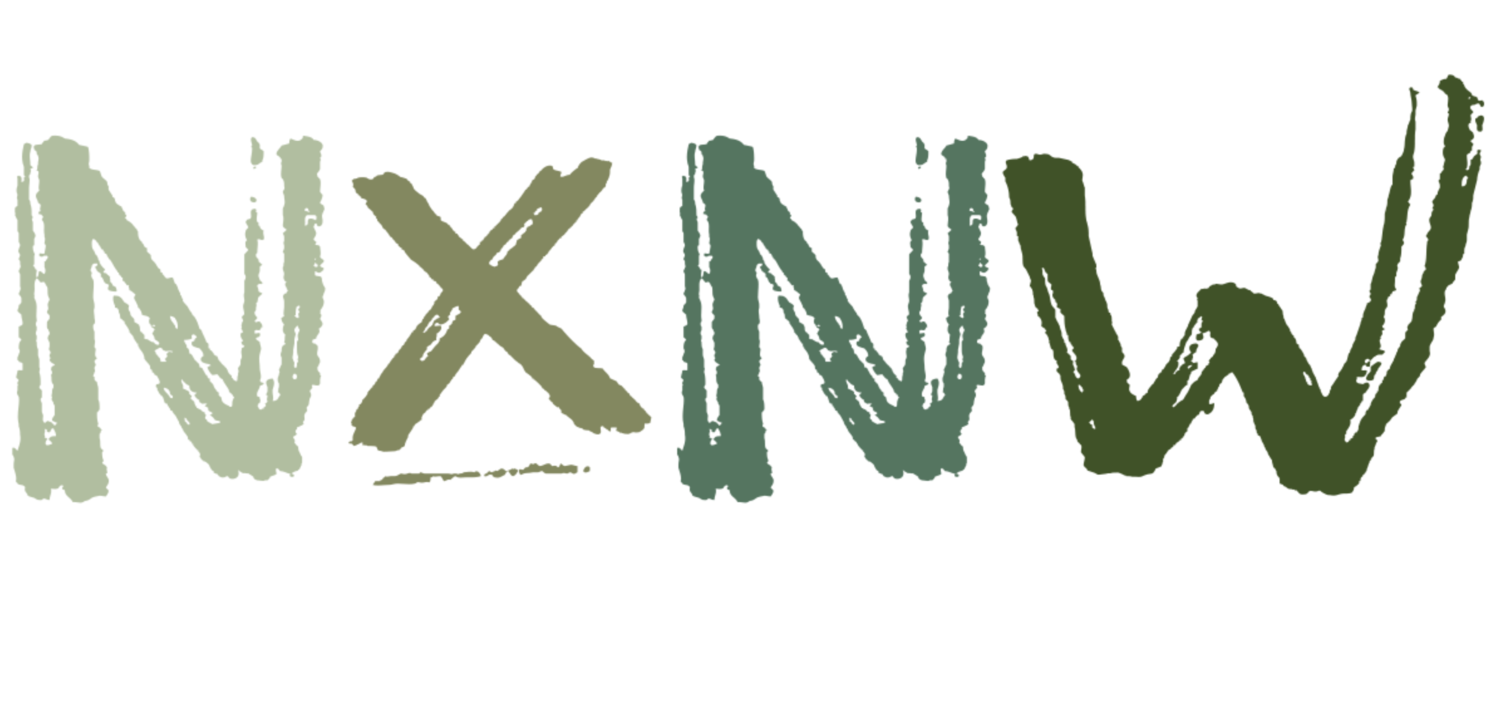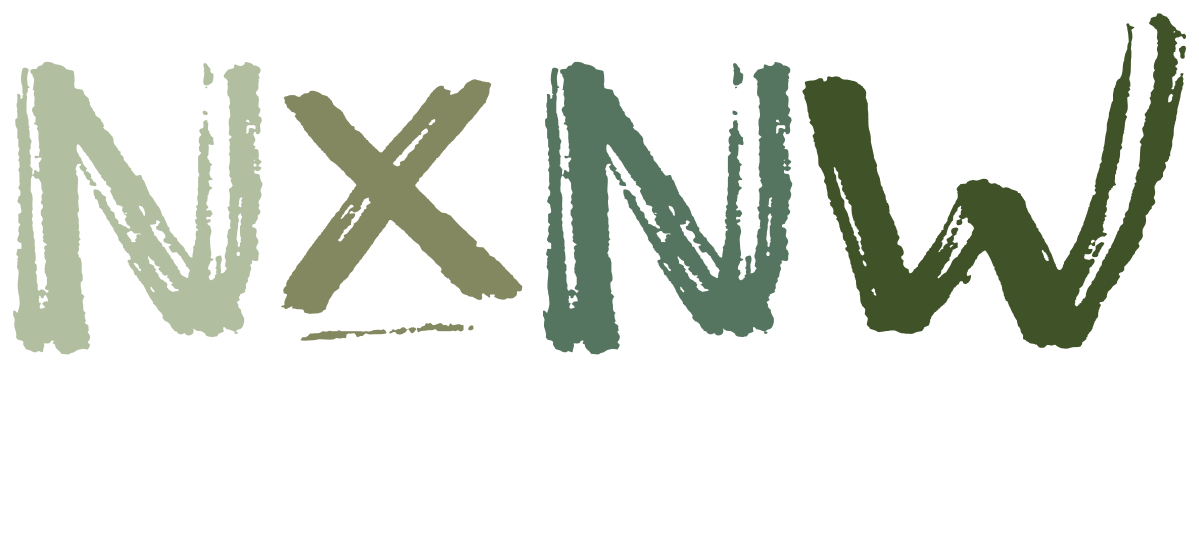
HOW THIS MASSIVE RELAY WORKS
Alaska Relay is split into 36 legs and is most commonly completed by a team of 12. This allows each runner to run 3 times. The TRADITIONAL (but by no means mandatory) method is for the team to run in a sequential rotation, where runner 1 does legs 1, 13, and 25, runner 2 does 2, 14, and 26, and so on. Teams split into two vans of 6 runners each. The first van starts the race sending out runner 1, cheers them on along the leg, and meets them at Exchange 1 to send out runner 2. This repeats through runner 6, who hands off to the runner 7 in the other van. While van 2 takes over the active legs, van 1 heads off to eat, rest, maybe goof of a little. Runners have 7-10 hours rest between legs and 3-5 hours of van downtime between sets (dependent on the team’s overall speed).
Variations
We’ve just described the traditional model, but you’re hip, experienced, counter-cultural, and/or bored and want to mix it up. Go for it! Want to mix and match who runs which legs? sure. Got an ultra superstar ready to take 4 legs in a row and/or someone who needs to just do 2? absolutely. Do what works for your team. Looking to up the challenge overall? Try an Ultra (up to 6 runners) or Semi-Ultra (7-9).
-
Yes! That's part of the magic of a relay, it doesn't stop for darkness (if there is any), and in fact some of the legs are all the better for it. We do have visibility requirements for runners during the night stretches, but consider them minimum rules. Feel free to up your personal light show out on the course.
-
That depends on the set of legs you choose. Distances can vary from under 3 miles to one that’s over 10, but most runners will do 15-18 miles total over their three legs. Be sure to consult the Course Map and Leg Detail Sheets to choose the legs right for you.
-
Alaska Relay is open to runners of all capabilities including those who expect to walk. To accommodate teams averaging over 11 minute miles, we use a leapfrog for the team’s vans where Van 2 starts leg 7 BEFORE Van 1 finishes Leg 6. This is planned out by the race director based on the team’s projected pace. That way everyone can fully complete the course and get an accurate team time.
-
Short a few runners? Check out the Runner Matching Sheet where runners are looking to join a team.
Does organizing a full team feel daunting? Go with the 6 Pack option! Register a half team of six (for half the price of a full) and get matched with another 6-Pack to form a full team.Both six packs operate with their own captain and organizing. One will be Van One, the other will be Van Two. Your combined roster will determine your team category. If you still have questions, contact us and we'll help you out. Don't wait, register today!
-
Are you a runner-without-a-team? Or a captain who just lost someone to "unexpected events?" Don't get distraught, get listed on the runner/team matching page! Getting matched is a great way for individuals to get into the race and meet new people. Fill out our short form, then check out the matching list.
Okay, I’m convinced.
What do I need to know before registering
-
Alaska Relay has the following team types:
- Full Team (10-12 runners)
- Semi-Ultra (7-9 runners)
- Ultra (up to 6 runners)
- 6-Pack - 6 runner half team to be paired with another half team to form a Full. (More Info)
- High School Team - Full team of 12 youth runners at heavily discounted price (More Info) -
For each team type, there are 3 divisions with 3 gender splits each (Men’s, Women’s, and Mixed), for a total of 30 divisions. A team’s division is autmatically set based on the final roster at check-in.
Divisions
- Open (any age)
- Masters (all runners over age 40)
- Super Masters (all runners over age 50)
- High School (all runners in or just graduated High School. Full Teams only) -
Click HERE to view this event prices.
-
Following is our Refund/Deferral policy, applicable for race cancellation due to any reason.
Standard Teams
50% Credit for future use.Cancel Covered Teams
The team captain will be given the choice of either A) 75% cash refund or B) 100% credit for future use.
Notes
- Credit/refund percentage is calculated on the amount paid (after any discounts), not list price.- Credit can be used for any NxNW event or purchase and does not expire.
- All refunds and credits will be in the name of the team captain (NOT THE TEAM), but credit can be designated to a new team captain.
- If a team no-shows an event that happens as scheduled, they can receive credit, but not a refund.
-
Simply put, without volunteers, Alaska Relay would be impossible to put on. Each team either supplies volunteers or pays the volunteer fee, used to hire local non-profits to work the race.
See all the volunteer info HERE.


